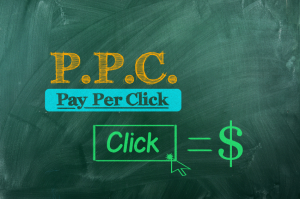Don’t Forget Internal Page Links

Internal Page Links Help Your Readers and Search Engines
I’ve coached attorneys on blogging tips and techniques for several years. One issue that seems to resurface is fairly important for both your readers and the search engines. Once you’ve written your blog post or website content page, don’t forget internal page links.
We’ve all seen them. An internal page link is that word or phrase which allows you to click to another page of related content. Here’s a quick example:
“One tip that I’ve offered in the past is to simply listen to the questions your clients ask during their initial meetings with you. If the person sitting across from you has a specific question, you can be sure that many others are wondering the same thing. Here’s a link to some tips for identifying blog topics.”
In the above example, “tips for identifying blog topics” is an internal page link. If you click on it, you’ll go to another blog post I wrote.
There are a few important reasons for using internal page links in your blog posts:
- These links allow your viewers to explore additional information related to your topic.
- The links are followed by search engines when they are actively crawling and indexing your content.
- Internal page links enable other pages on your blog and/or site to be found by Google and the other search engines. This increases the number of pages, which could show up in a relevant search query by your next prospective client.
I advise my clients to use a 2:1 ratio – at a minimum – when it comes to adding internal page links to a new blog post. The idea is to have at least 2 links connecting the post with separate website pages (e.g. a general practice area page and your attorney profile page). Then, make sure you link this new blog post to at least 1 other blog post you’ve already added. You may want to increase it to 2:2 or 3:2.
In reality, this establishes a web of inter-related pages within your site, as well as your individual blog posts.
Recently, I audited a client’s website. I made a spreadsheet containing each of website page. I listed the names of the pages down the left margin and across the top. I placed an “X” in each intersection where the content from a specific page in the left-margin connected to a related page listed at the top of the spreadsheet (reading left to right on the spreadsheet).
I wanted to make sure that each page complied with my 2:1 (minimum) internal page links rule. I actually found a few instances in which the vendor neglected to include sufficient links. In a couple of situations, the links were incorrectly linked back to the same page. That particular mistake adds absolutely no benefit for the reader or search engines. I also found one page that didn’t have a link to another topical page.












